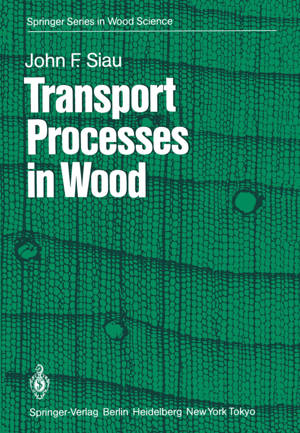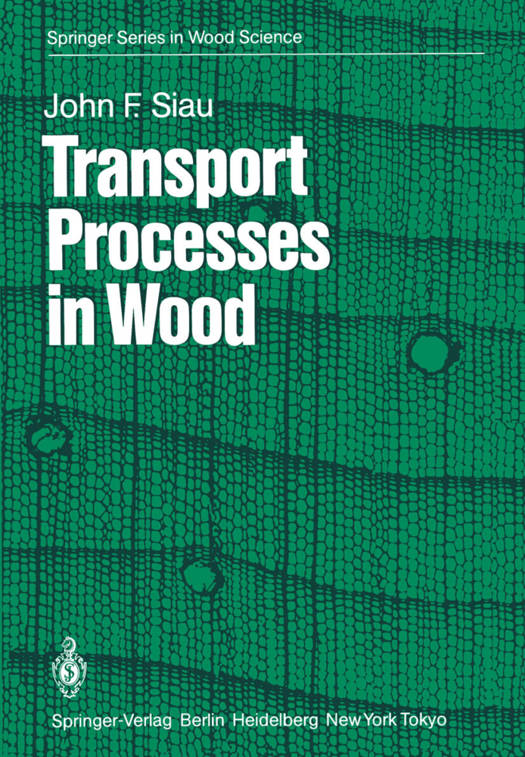
- Afhalen na 1 uur in een winkel met voorraad
- Gratis thuislevering in België vanaf € 30
- Ruim aanbod met 7 miljoen producten
- Afhalen na 1 uur in een winkel met voorraad
- Gratis thuislevering in België vanaf € 30
- Ruim aanbod met 7 miljoen producten
Zoeken
Omschrijving
This book has a similar subject content to the author's previous Flow in Wood but with substantial updating due to the abundance of research in the wood science field since 1971. Several different concepts have been introduced, particularly in regard to wood-moisture relation- ships. The role of water potential in the equilibria between wood and its humid and moist environments is considered. Two theories are introduced to explain the nonisothermal transport of bound water in the steady and unsteady states. As in the former text, the wood-. structure relationship is emphasized . . The author is especially grateful to Dr. C. Skaar for his careful and critical review of much of the manuscript and for the productive dis- cussions of many of the concepts. Dr. T. E. Timell, the series editor, rendered major assistance in the preparation of Chap. 2 and in his editing of the manuscript. The author wishes to thank Dr. W. A. Cote, Mr. A. C. Day, and Mr. J. J. McKeon for providing electron micro- graphs, Mr. G. A. Snyder for his photography of much of the art work, Dr. C. H. de Zeeuw for his advice in the field of wood anatomy, and Ms. Mary M. Siau for her careful rendition of the art work. Apprecia- tion is extended to Miss Judy A. Barton and Mrs. Stephanie V. Micale for their work in typing and checking the manuscript. Mr. J. A.
Specificaties
Betrokkenen
- Auteur(s):
- Uitgeverij:
Inhoud
- Aantal bladzijden:
- 248
- Taal:
- Engels
- Reeks:
- Reeksnummer:
- nr. 2
Eigenschappen
- Productcode (EAN):
- 9783642692154
- Verschijningsdatum:
- 27/12/2011
- Uitvoering:
- Paperback
- Formaat:
- Trade paperback (VS)
- Afmetingen:
- 170 mm x 244 mm
- Gewicht:
- 417 g

Alleen bij Standaard Boekhandel
+ 167 punten op je klantenkaart van Standaard Boekhandel
Beoordelingen
We publiceren alleen reviews die voldoen aan de voorwaarden voor reviews. Bekijk onze voorwaarden voor reviews.








